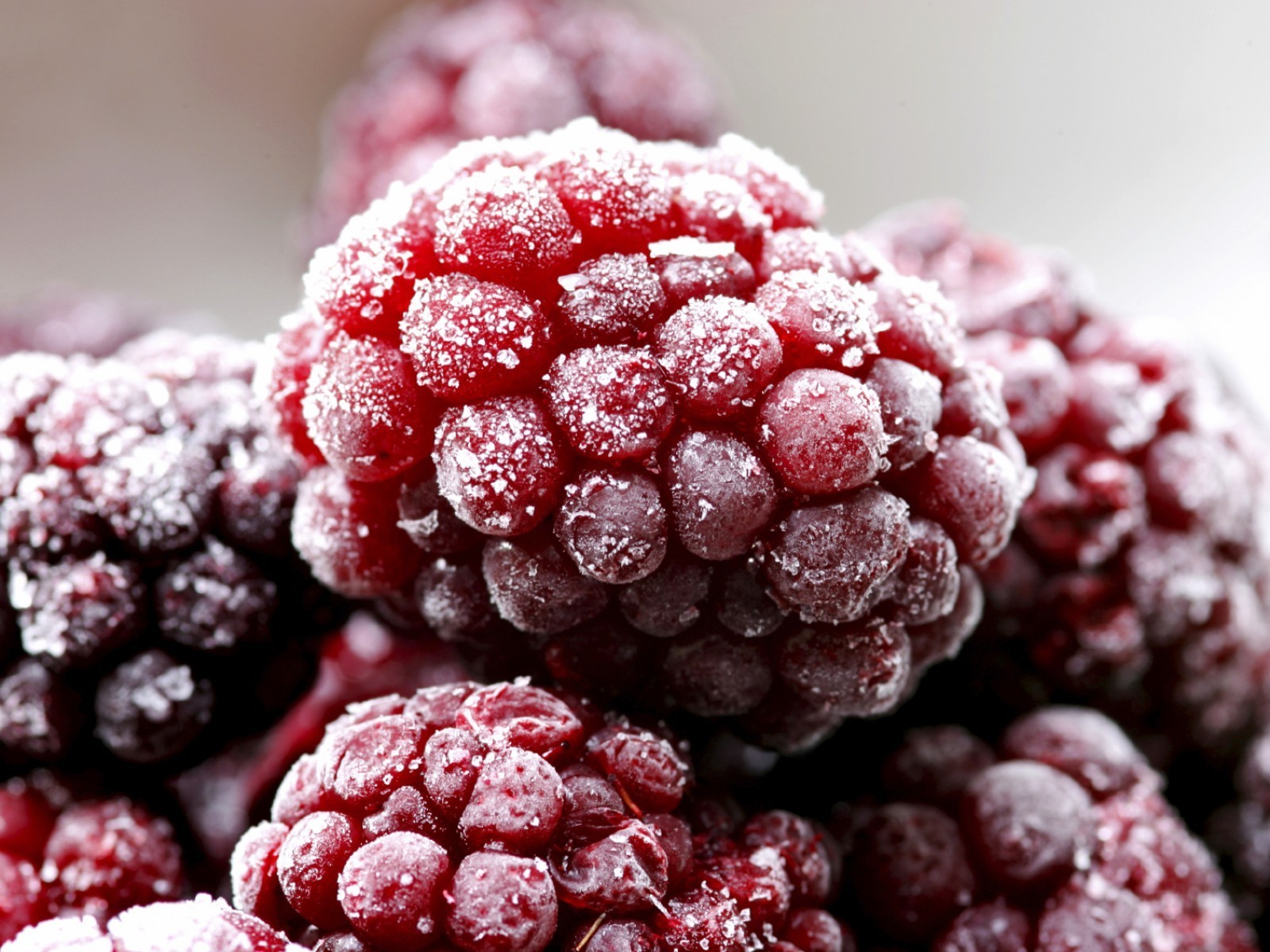Preserve your harvest
Make refrigerator pickles using cucumbers, vinegar, salt, and spices with an adult; learn safe preserving steps, measuring, and observing changes.



Step-by-step guide to make refrigerator pickles
The BEST Ways to Preserve Your Harvest
Step 1
Wash your hands with soap and water for 20 seconds.
Step 2
Rinse the cucumbers under cold running water and dry them with a clean towel.
Step 3
With an adult, slice the cucumbers into 1/4-inch rounds or spears on the cutting board.
Step 4
Wash the glass jar and lid in hot soapy water and rinse them well.
Step 5
Put one peeled garlic clove and one teaspoon of pickling spice or a sprig of fresh dill into the jar.
Step 6
Pack the cucumber slices into the jar, leaving about 1/2 inch of space at the top.
Step 7
With an adult, measure and pour 1 cup white vinegar; 1 cup water; and 1 tablespoon kosher salt into the small saucepan.
Step 8
With an adult, heat the saucepan over medium until the salt fully dissolves and small bubbles form then remove from heat.
Step 9
With an adult, carefully pour the hot brine into the jar so the cucumbers are fully covered and keep 1/2 inch headspace.
Step 10
Screw the lid onto the jar tightly.
Step 11
Let the sealed jar cool to room temperature on the counter.
Step 12
Put the cooled jar in the refrigerator and let it sit for at least 24 hours before tasting.
Step 13
Write today’s date on the jar with a marker or stick a dated note to the lid.
Step 14
Each day for the next week check the jar and write or draw one change you notice in smell color texture or flavor.
Step 15
Share your finished refrigerator pickles on DIY.org.
Final steps
You're almost there! Complete all the steps, bring your creation to life, post it, and conquer the challenge!


Help!?
What can I use if I don't have kosher salt, pickling spice, or a glass jar?
If you don't have kosher salt, use one tablespoon of table or sea salt dissolved in the heated saucepan brine (step 7), substitute one teaspoon dried dill or a sprig of fresh dill for pickling spice in the jar (step 5), and use any clean food-safe glass container with a tight lid (avoid reactive metal) to pack the cucumber slices (step 5).
What should I do if the salt doesn't dissolve or the cucumbers aren't fully covered by the brine?
Make sure to heat the saucepan over medium until the kosher salt fully dissolves and small bubbles form (step 7), then carefully pour the hot brine so the cucumbers are fully covered while keeping 1/2 inch headspace (step 8).
How can I adapt this activity for different ages so it's safe and fun?
For younger children, have them wash hands, rinse and dry cucumbers, pack slices into the jar, write the date and draw daily changes while an adult does the slicing, measuring, heating, and pouring (steps 1–8, 11–13), and for older kids let them measure 1 cup vinegar/1 cup water and 1 tablespoon salt and help heat and pour with supervision and experiment with spices (steps 6–8).
How can we personalize or improve the pickles after following the basic recipe?
Try adding extras like mustard seeds, red pepper flakes, or sliced onion with the peeled garlic clove (step 5), cut spears instead of 1/4-inch rounds (step 3), stir in one teaspoon sugar to the brine for a sweeter flavor when heating (step 7), and decorate the jar and record daily smell, color, texture, or flavor notes before sharing on DIY.org (steps 12–14).
Watch videos on how to make refrigerator pickles
5 Ways to Study Fall Leaves | Fun Science Experiments for Kids | From Chromatography to Preservation
Facts about food preservation for kids
⏱️ Refrigerator pickles don’t need canning and can stay tasty for several weeks to a few months when kept cold.
🥒 Cucumbers are about 95% water — that’s why they get so crunchy and refreshing!
🧪 Household vinegar is usually around 5% acetic acid — the acidity helps stop spoiling bacteria.
🌍 People have been pickling foods for over 4,000 years — it’s one of the oldest ways to preserve food.
🧂 Salt helps draw water out of cucumbers by osmosis and keeps pickles crisp and flavorful.
How do I make refrigerator pickles with my child?
What materials do I need to make refrigerator pickles?
What ages is making refrigerator pickles suitable for?
What are the benefits and safety tips for refrigerator pickling?


One subscription, many ways to play and learn.
Only $6.99 after trial. No credit card required



